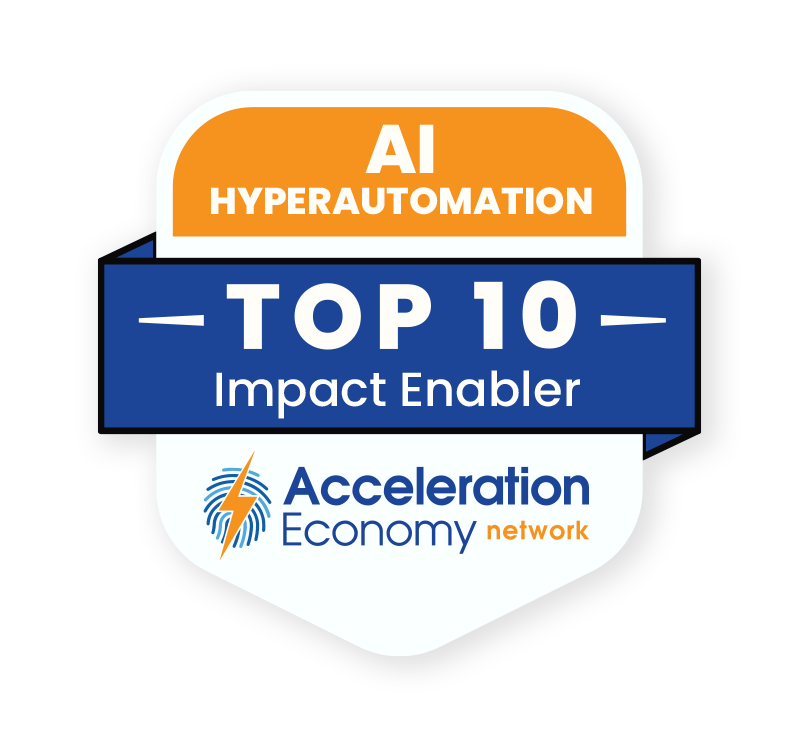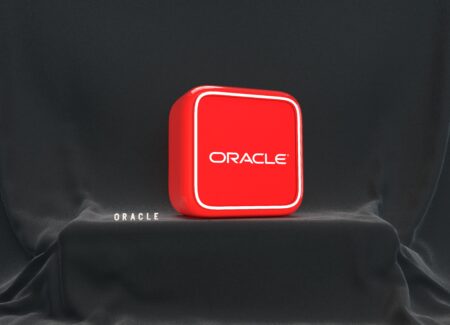In a recent conversation with the CEO of a software start-up, I asked if his product incorporated artificial intelligence (AI) or machine learning (ML). There was a long hesitation, and he responded “yes,” somewhat tentatively, almost as though that was the response he suspected I would want to hear. The fact that he had to think about it made me pause. His company provides a service that aggregates data useful to a certain industry. It looked pretty much like a straight mathematical calculation, a spreadsheet in high gear. A very helpful service, but no apparent AI at play.
I chuckled at his response because today it seems as though everyone tells you that their product is AI-based. It has even spawned the term, “AI washing,” which is the claim that an application uses AI when in fact it does not.
To hear practitioner and platform insights on how solutions such as ChatGPT will impact the future of work, customer experience, data strategy, and cybersecurity, make sure to register for your on-demand pass to Acceleration Economy’s Generative AI Digital Summit.
Don’t Get Lost in the “AI Wash”
Go to any conference, and AI washing abounds. I’m never sure if it’s malicious or a training issue, where the sales team just doesn’t understand what AI is all about. If the sales team doesn’t understand it, how are you going to understand it? Short of getting into the guts of the training models, datasets, and software development, how do you know what you’re looking at is truly AI? So, in the spirit of “buyer beware,” this analysis lays out some considerations, steps, and questions you can ask to be more “buyer aware” on your AI shopping journey.
Check the Company Website
Sometimes it feels as though “artificial intelligence” is the word of the year. Because it’s being discussed and debated in so many aspects of life, a company that uses AI will reference it on and throughout its website as a key feature. Any company employing AI is highly likely to be promoting this fact to ensure that potential clients are aware of it.
Ask for the Value Proposition
Similarly, representatives from the company should be able to clearly articulate the value that AI brings to the product they are selling you. They should be able to not only describe the problem they are solving, but also quantify how their product differs from competitors.
You Get What You Pay For
If you are looking at multiple providers across a category, the AI solution will likely not be the lowest cost. AI requires a specialized, highly skilled team and needs to operate on the latest platform to support it; this will likely result in a higher price point than a similar non-AI product.
Vet the Development Team’s Bench Strength
Any enterprise with an AI solution will have a development team with significant bench strength. This team will be deep in AI talent and the provider will likely be making a big splash when a new AI practitioner joins the firm. The website bios and LinkedIn profiles of key people on the development team should clearly reference AI or machine learning. Look for data scientists, engineers, and architects. These terms should be in the language they use and the examples they cite. They should be able to explain how their system uses AI and ML to adapt to your specific environment and business, along with how it delivers desired outcomes.
Look for Data Complexity
A little self-reflection here: What’s the result you are looking for? If the problem you are trying to solve is a straightforward task with no need for sophisticated algorithms or models, an AI-based solution may be overkill. But if it isn’t, you’ll need to look for AI that’s deep, broad, and powerful.
Software that is AI-driven will have many moving parts. It will be pulling data from multiple sources. The more data that is processed over time, the more the model adjusts and the “smarter” it gets, yielding ever-improving results. Pre-AI, a predictive model on sales, might extrapolate history or consider demographics. An AI-based software solution will factor in data from many additional and disparate sources, perhaps adding weather, competitive information, Consumer Price Index (CPI) predictions, growth information about key customers, and other data points. If the software is not extracting data from large datasets, it’s not using AI.
Ask for Endorsements from Actual Clients
This is the piece we always say we are going to do, and rarely follow through on. The supplier should be showcasing customers who have quantifiable results, and you should be calling these customers. Remember, it’s not the technology you are buying; it’s the outcome.

Which companies are the most important vendors in AI and hyperautomation? Check out the Acceleration Economy AI/Hyperautomation Top 10 Shortlist.
But Wait, Do You Actually Need AI?
Before I wrap up, a quick reminder: Not every piece of technology needs AI or machine learning capabilities. Most routers, barcode scanners, GPS systems, and point-of-sale (POS) systems , for example, perform basic functions perfectly well and their output doesn’t build on past results. So take a close and informed look at each and every piece of technology you are considering for an upgrade, and make sure that AI will actually make it better, faster, and smarter.
Bottom line? The next time you are contemplating a purchase, don’t just take the salesperson’s “AI” word for it. There’s plenty of hype out there, but increasingly there’s even more that’s mind-blowingly powerful. Use this list as a guide and “kick the tires” a bit. It will help you make the right decision for your business.
Want more tech insights for the top execs? Visit the Leadership channel:











